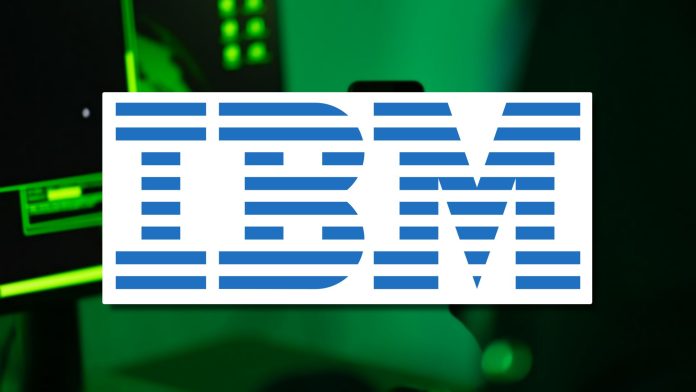In a rapidly evolving digital landscape, small business owners must remain vigilant as cybercriminals adopt increasingly sophisticated tactics. The latest findings from IBM’s 2025 X-Force Threat Intelligence Index reveal a significant spike in identity theft incidents, underscoring the need for enhanced cybersecurity measures among enterprises of all sizes. As small business owners face these mounting threats, understanding current trends in cybercrime can help them safeguard their organizations.
The IBM report, released on April 17, 2025, shows that nearly half of all cyberattacks led to the theft of sensitive data or credentials. Identity abuse has emerged as the primary entry point for these attacks, reflecting a worrying trend for small businesses often perceived as easier targets due to fewer resources and less sophisticated security measures compared to larger corporations.
One critical insight from the report indicates that an overwhelming 84% increase in emails delivering infostealers occurred in 2024 compared to the prior year. These threat actors have found ways to capitalize on complex hybrid cloud environments, providing them with multiple access points to exploit identity gaps. "Cybercriminals are most often breaking in without breaking anything – capitalizing on identity gaps overflowing from complex hybrid cloud environments that offer attackers multiple access points," noted Mark Hughes, Global Managing Partner of Cybersecurity Services at IBM.
The report highlights key challenges facing small businesses, particularly in the area of critical infrastructure. Organizations must confront difficulties tied to reliance on legacy technologies and slow patching cycles. As noted in the findings, more than one-quarter of incidents IBM responded to last year were due to vulnerability exploitation. This is particularly concerning for small businesses that may lack the dedicated IT teams or budgetary allocations necessary for timely updates and patching.
Moreover, businesses must be aware that almost one in three incidents observed in 2024 involved credential theft. Attackers are increasingly investing efforts to quickly access and monetize login information, which may include exploiting compromised email accounts and sensitive personal data. For small business owners, this means implementing proactive measures, such as modernizing authentication management and strengthening multi-factor authentication protocols.
The criminal marketplace is ever-evolving. In 2024, the top five infostealers saw over eight million advertisements on the dark web. Additionally, attackers are now utilizing adversary-in-the-middle phishing kits custom-designed to bypass multi-factor authentication, making credential theft not only cheap but also scalable and profitable. This increasing accessibility of cybercriminal tools poses a significant risk, requiring small businesses to stay informed about potential threats and emerging technologies.
It’s also worth noting that the 2025 report indicates a shift in the behavior of ransomware operators. Although ransomware accounts for 28% of malware cases, incidents have decreased as cybercriminals move towards lower-risk identity attack models. This shift highlights the importance of integrating cybersecurity defenses with a focus on identity protection, especially as ransomware operators restructure their tactics.
To combat these threats, small business owners should consider several actionable insights. Businesses are encouraged to adopt a proactive cybersecurity strategy, moving beyond reactive measures to incorporate real-time threat hunting and comprehensive dark web monitoring. Staying ahead of emerging vulnerabilities can significantly enhance an organization’s security posture.
The implications of these findings are clear: as technology progresses, so do the tactics used by threat actors. Small business owners must not only be aware of the threats but also actively cultivate robust cyber defenses tailored to their specific vulnerabilities. As Hughes points out, the focus should shift from a fragmented prevention mindset to strategic, proactive measures.
For more in-depth insights and data, the full 2025 IBM X-Force Threat Intelligence Index is available for download at IBM’s website. By leveraging this information, small business owners can arm themselves with the knowledge necessary to protect their operations in an increasingly perilous cyber environment.
Image Via Envato: kjekol



